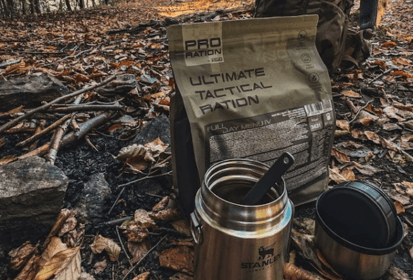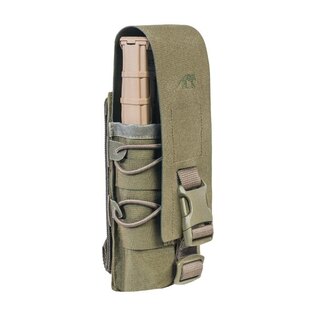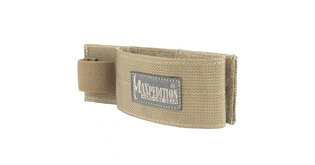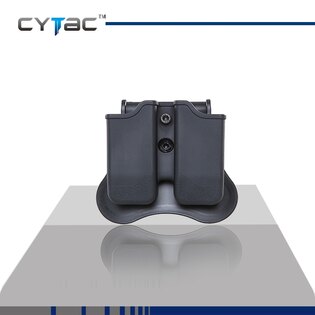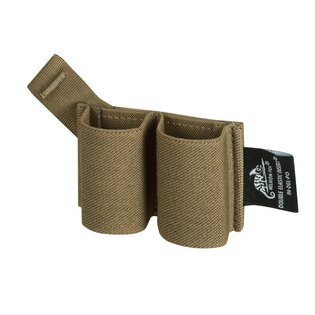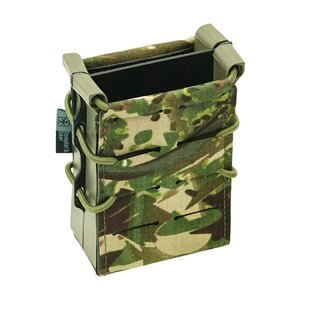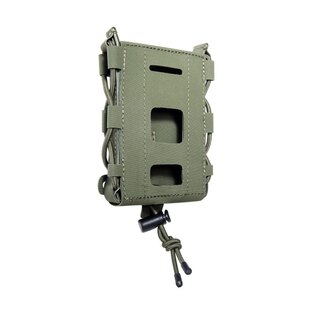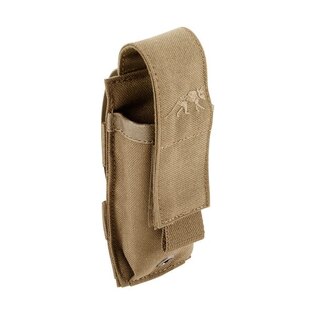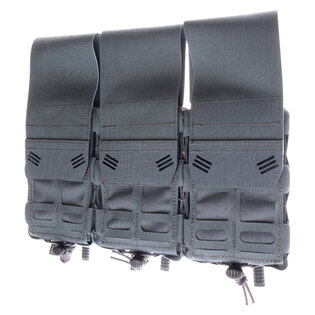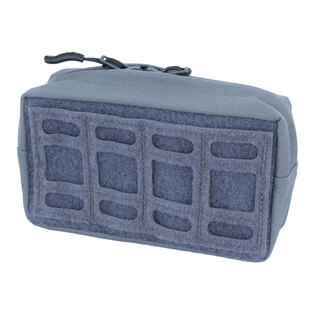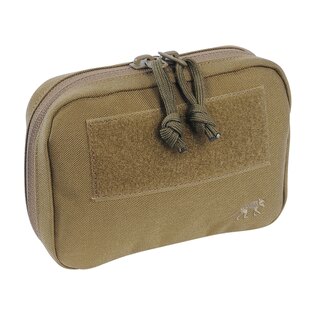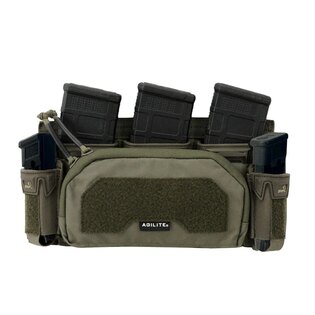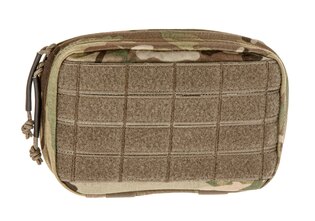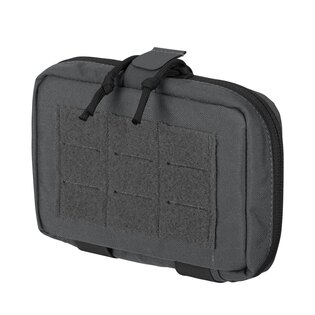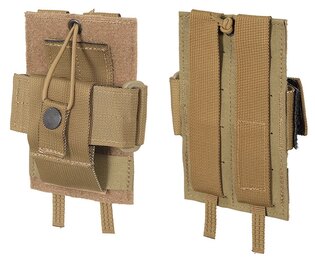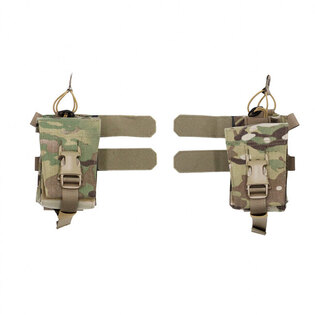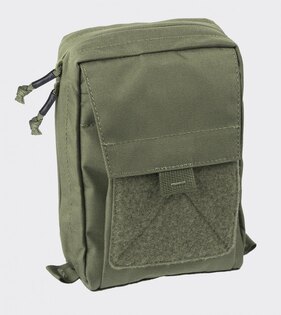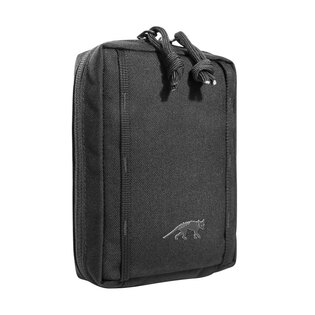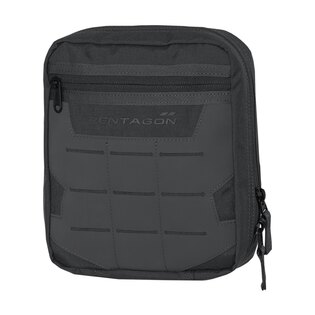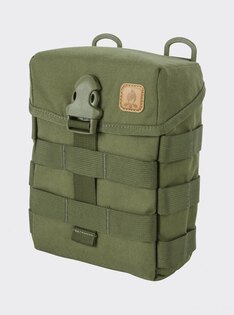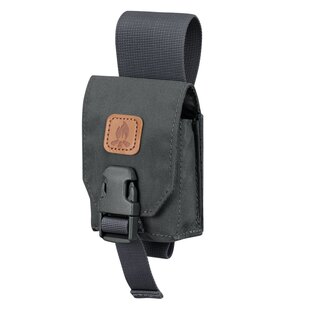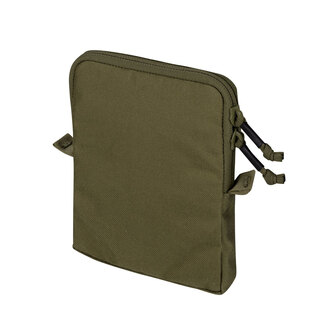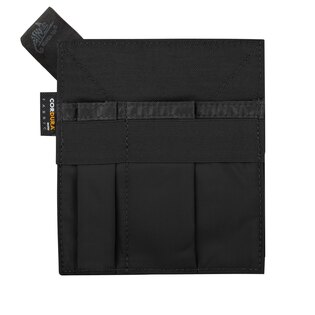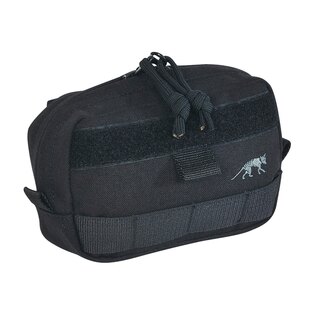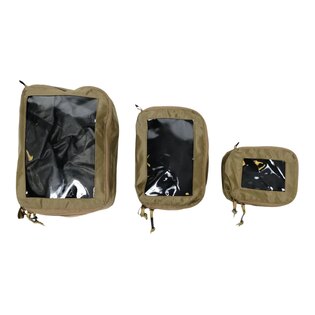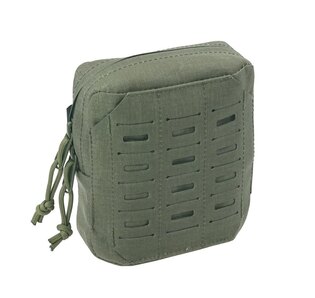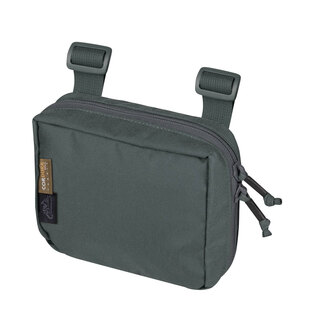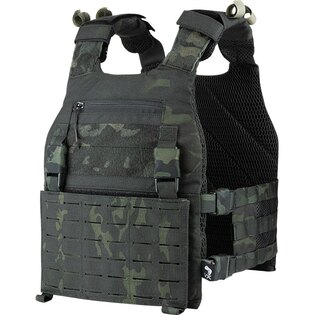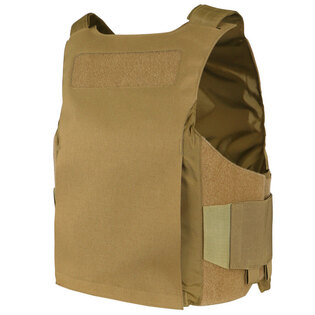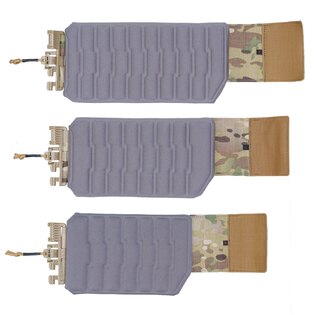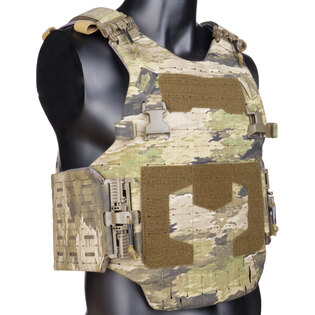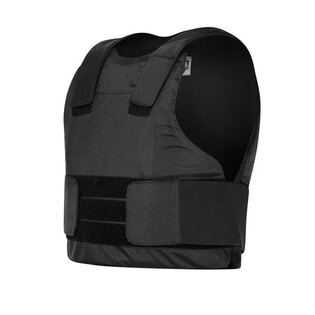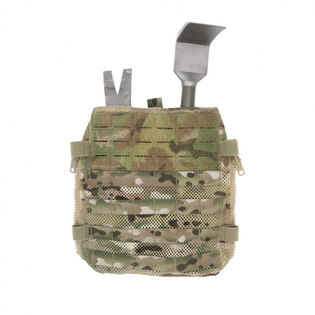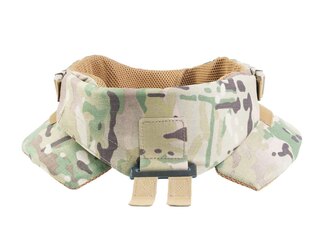How to fit your tactical vest?
Fitting a tactical vest is individual and strongly depends on the specific tasks and needs of the individual. Bags, pockets and equipment need to be placed as efficiently as possible, but at the same time they must not hinder the movement and handling of the weapon in any way, and the vest must be balanced and comfortable overall. What are the basic types of pouches and pockets and how to place them on the vest?
When fitting a tactical vest with pockets and gear pouches, it's always important to strike the right balance between protection and mobility, depending on specific needs and situations. If wearing a heavy vest is unavoidable, it may be more beneficial to choose a model that provides a higher level of protection while being in line with the user's requirements.
The modularity of the vest is determined by its type. Some vests have a velcro panel in the front with the possibility of replacing the front flap on them. This enables quick replacement and configuration of the vest according to user requirements or work use. A plate carrier is a type of tactical vest that is designed to accept ballistic or armor plates to provide protection to the chest and back of the body.
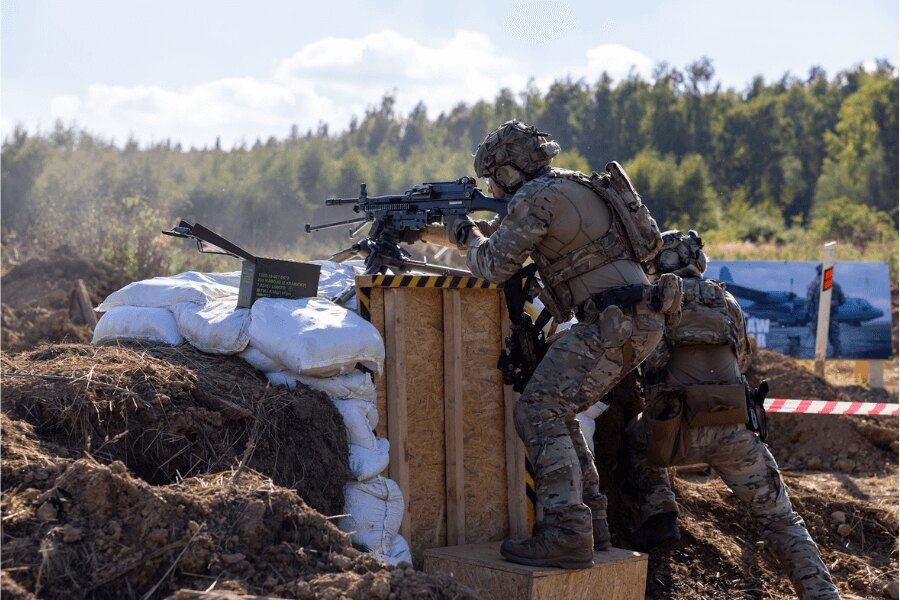
Use the MOLLE system
MOLLE (Modular Lightweight Load-carrying Equipment) is a system that allows users to attach different equipment pockets or pouches to their gear (vests, backpacks, belts, etc.) according to their needs. This is especially popular with military and tactical vests.
Adding pockets to a tactical vest can be helpful if you have specific needs or if you need to carry a certain type of gear. Here are some basic pouch types to consider:
Basic types of pockets and pouches and their location
Magazine pouches
Those who work with firearms will use pouches designed to carry magazines for the types of weapons used (often long and short). It is the most represented group of holsters, from low-profile elastic through kydex, self-locking to hybrid pouches that can accommodate different types of magazines (they have a system that you can use to tighten the pouch to the desired magazine).
You can place the magazine pouches on the sides of the vest or in the front. But always in such a way that you can reach them safely. The already mentioned retention system, which keeps the magazine in place at all times, provides a great advantage in situations where you fall or get into an unusual position (e.g. climbing somewhere or jumping off) – thanks to this, magazines do not get lost in the field. On the other hand, the retention system could hold you back in moments when time is at a premium and you need to recharge very quickly. Therefore, it is ideal to combine the pouches for the magazines appropriately.
Admin panel
In this day and age of mobile phones and tablets, admin panels allow secure storage and tactical access to your devices. In addition, you can put in them, for example, a waterproof notebook and something to write on, a signal mirror, etc. These panels are attached above the magazines (placed on the front panel) to the top of the front panel, or they can be attached to the magazine pouches, if the pouches allow it . Admin panels are made of different materials from nylon, a combination of nylon and plastic to pure plastic.
radio pouch
If you need to carry a communication device, there are pouches that are designed to provide a safe and easy location for the radio or other devices while allowing the battery to be changed without having to remove the radio from the pouch.
The location of the radio pouch depends on the type of user:
- A user who only uses the radio on one frequency can place the case with the radio on the back or the back of the cummerbund (side panel).
- On the other hand, the user who has to work with the radio must have it at hand. That's why they need to have it within reach so that they can see the radio ideally and well. That is why, for example, they place it on the first two MOLLE columns on the cummerbund as close as possible to the front plate.
Universal pouches
this category includes standard pouches that provide storage space for small items such as keys, a cell phone, or other personal items. these pouches are ideally attached to the back of the cummerbund so that their size does not restrict the movement and handling of the user's weapon.
If the user needs frequent access to them for any reason, they move the pouches to the front of the cummerbund. However, it still applies that the user must not be restricted in any way, for example when drawing a pistol or pulling a magazine from a belt.
Belly pouch
This pouch can also be used as a universal pouch with the option of adding soft ballistic protection. It is usually attached with Velcro to the closure of the vest when inserting ballistics. This pouch can also be used as an IFAK or SERE pouch.

Back panel
Back panels offer a wide range of vest extensions from universal to specific, such as panels for carrying special tools. They are usually attached to the back panel of vests with a zipper. Some only have a MOLLE connection, but this limits their use due to slower and more complicated attachment or deployment. These panels usually make it possible to carry a hydration bag as well. It is also possible to meet a clean MOLLE panel, which the user can fit at his own discretion.

Some final tips
- Before adding pouches, it is important to consider your specific needs as well as the weight and even distribution of the load on the vest. An overstuffed or unbalanced vest can greatly limit mobility and comfort.
- Make sure all pouches are securely fastened to prevent them from being lost. Also, make sure the pouches don't get in the way of handling your weapon or performing a specific activity.
- Keep the amount of equipment to a minimum (unless you need specific equipment for a given type of task). Add only the equipment you really need to your vest. And definitely don't wear some gear just because it's cool.
- It may sound obvious, but always remember well where you placed any equipment so that you know exactly where to reach for it in action.
- The equipment of the vest should correspond appropriately with the equipment on the tactical belt. You can read about how to assemble a tactical belt in this article.
Readers are further interested

